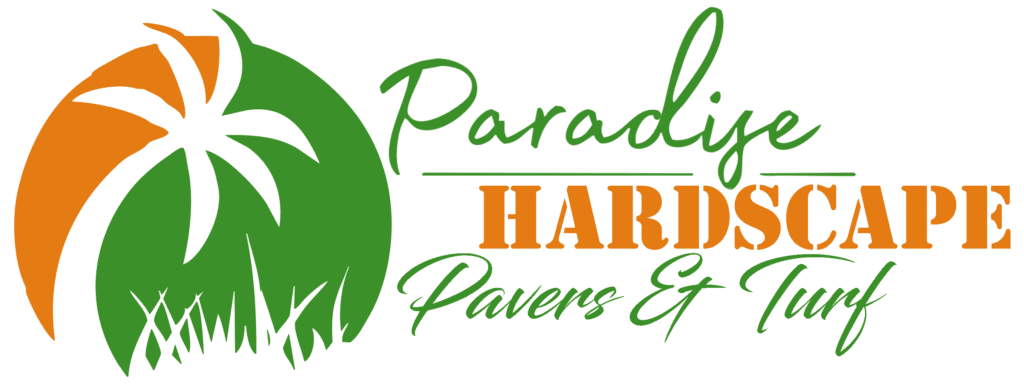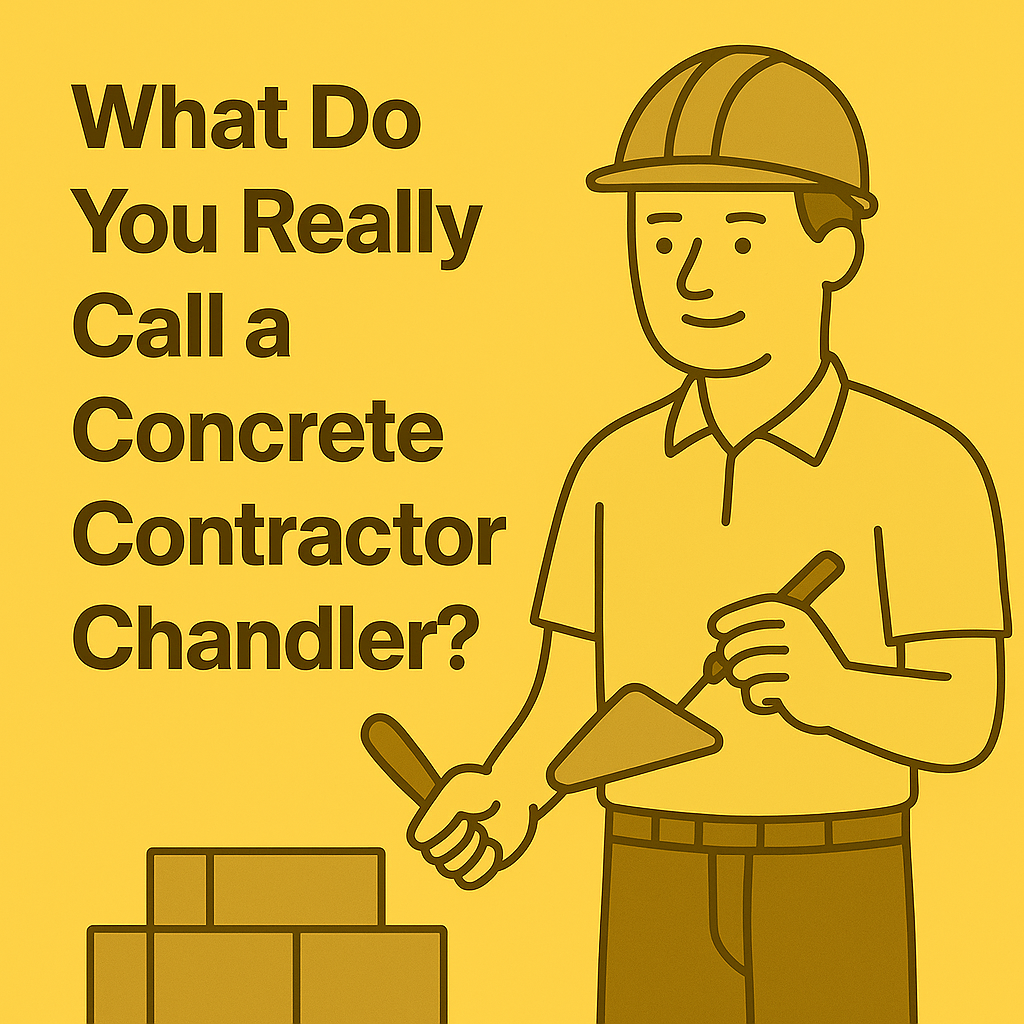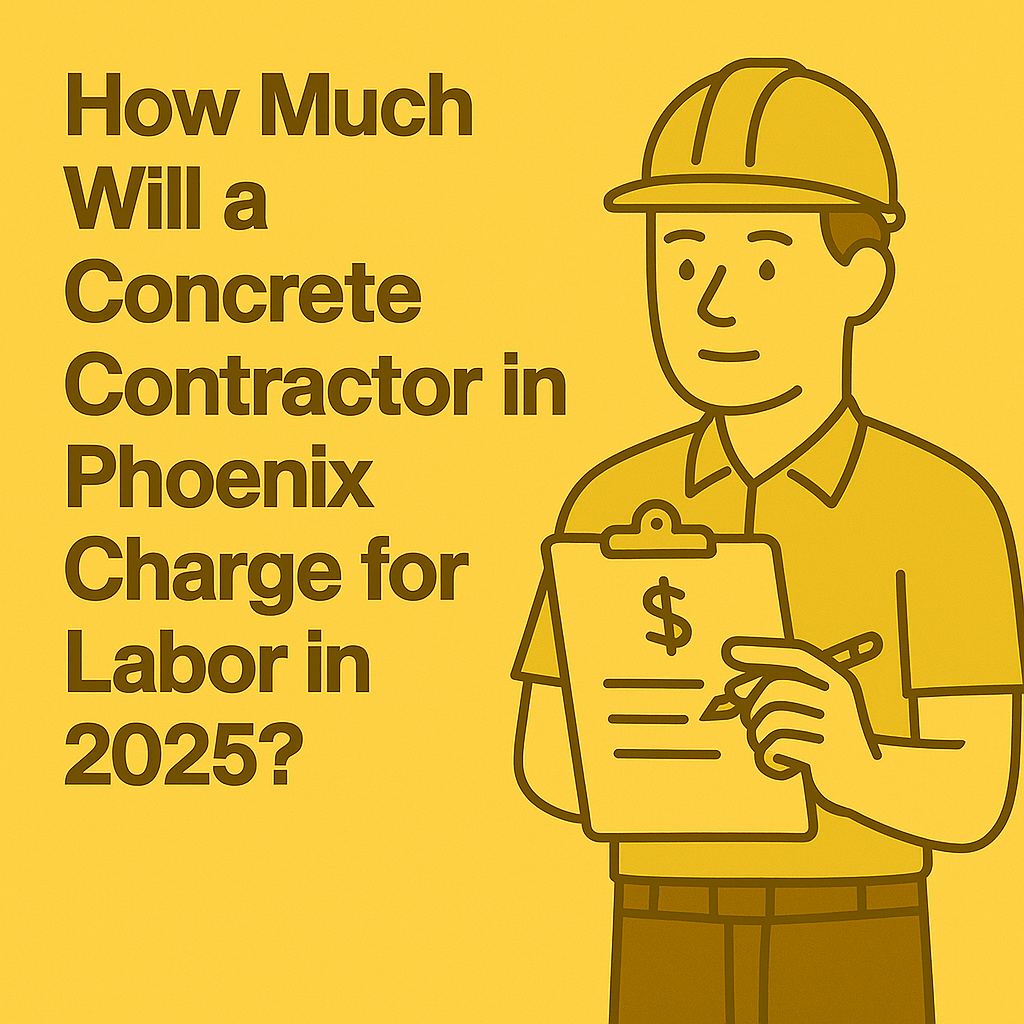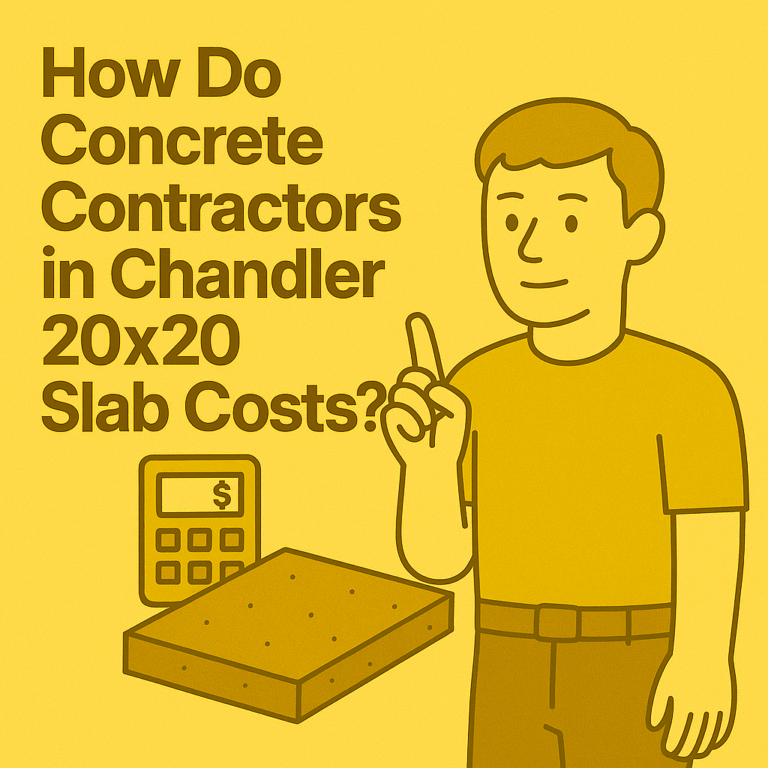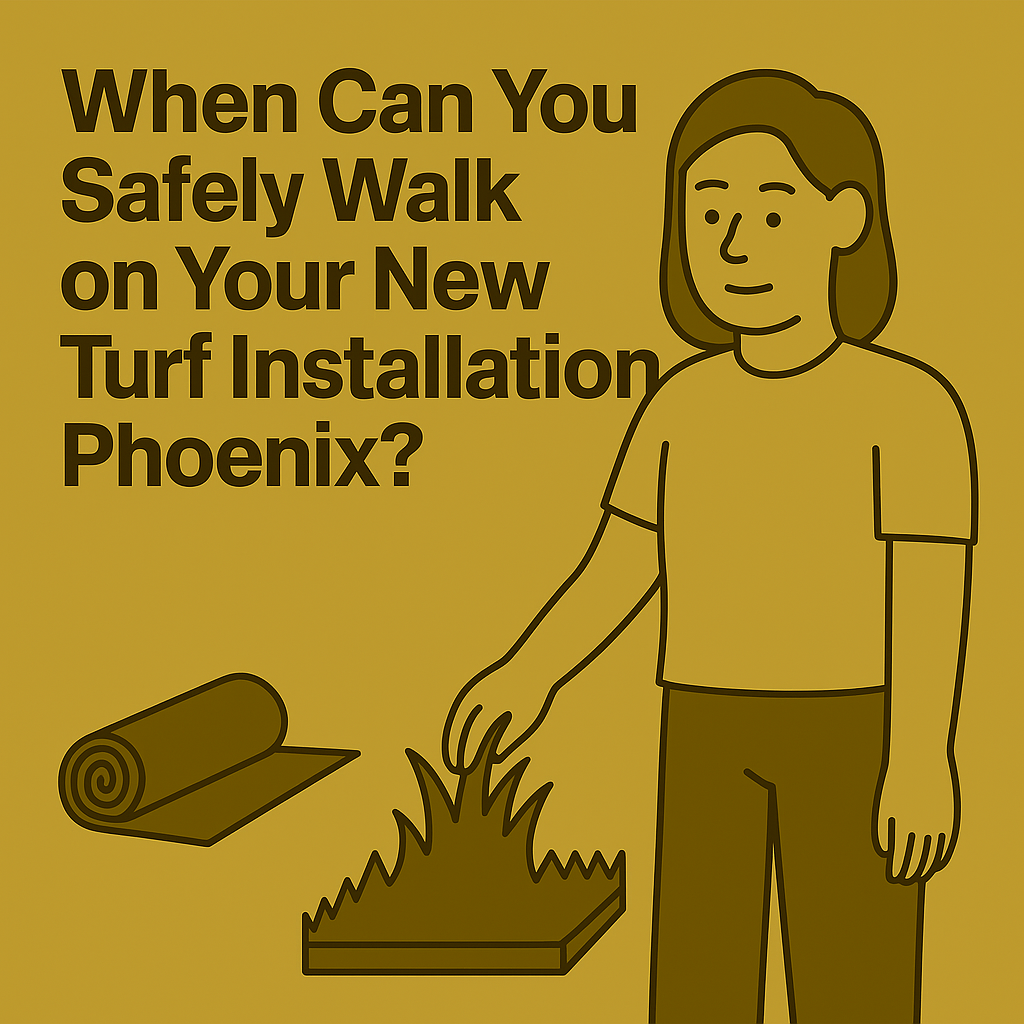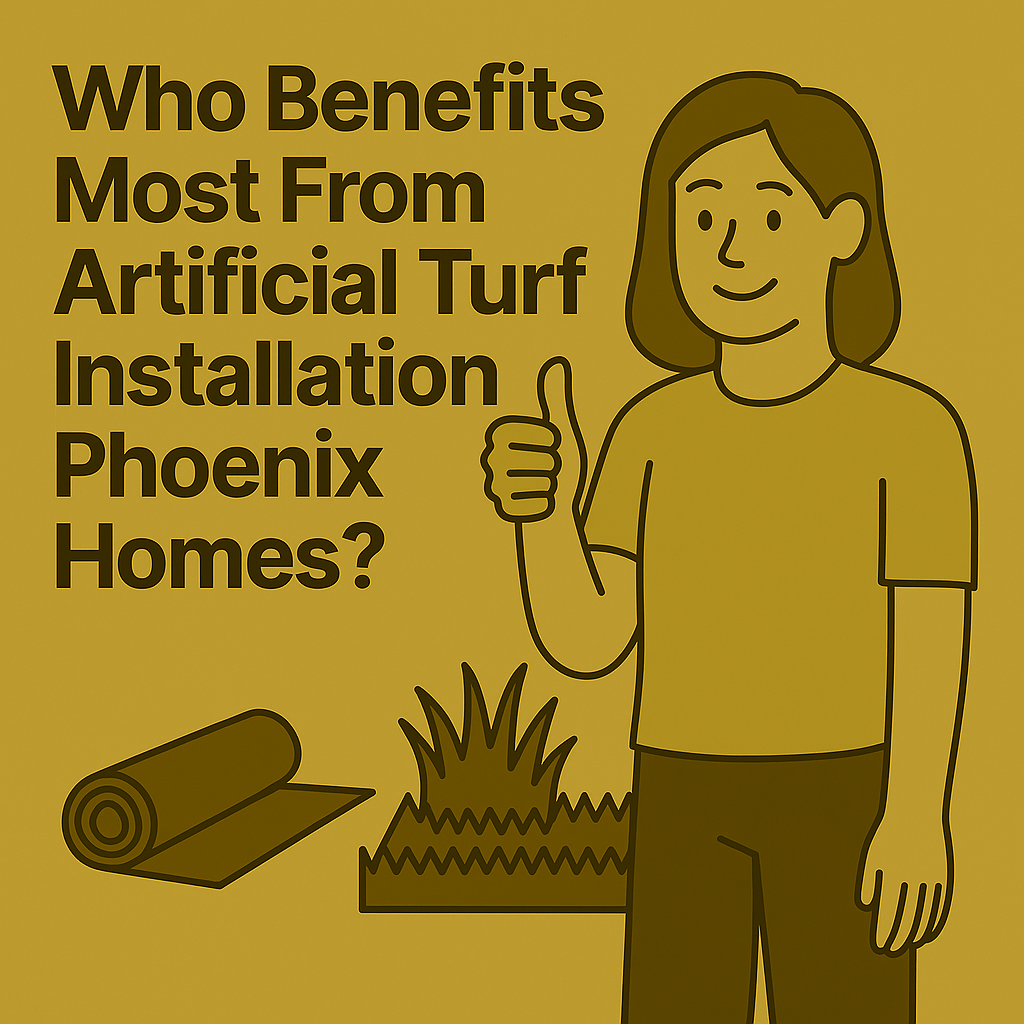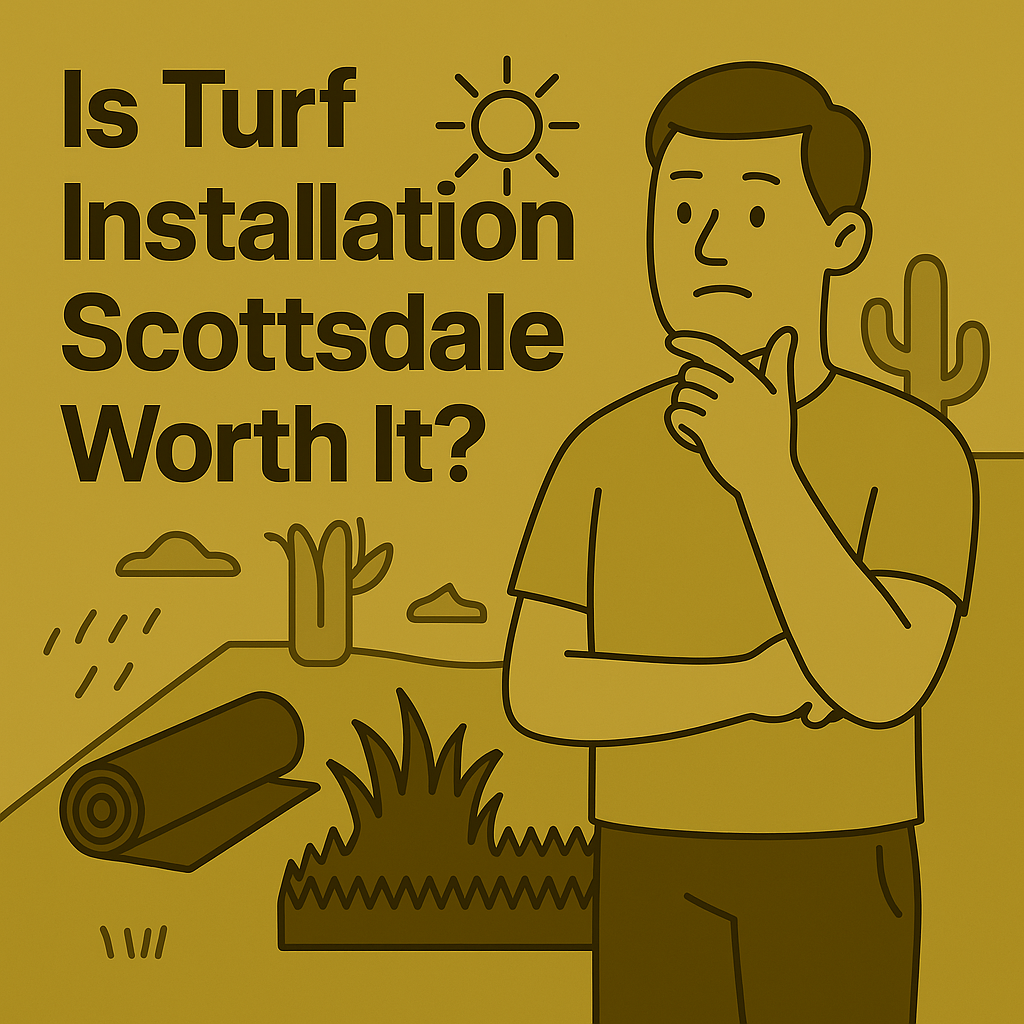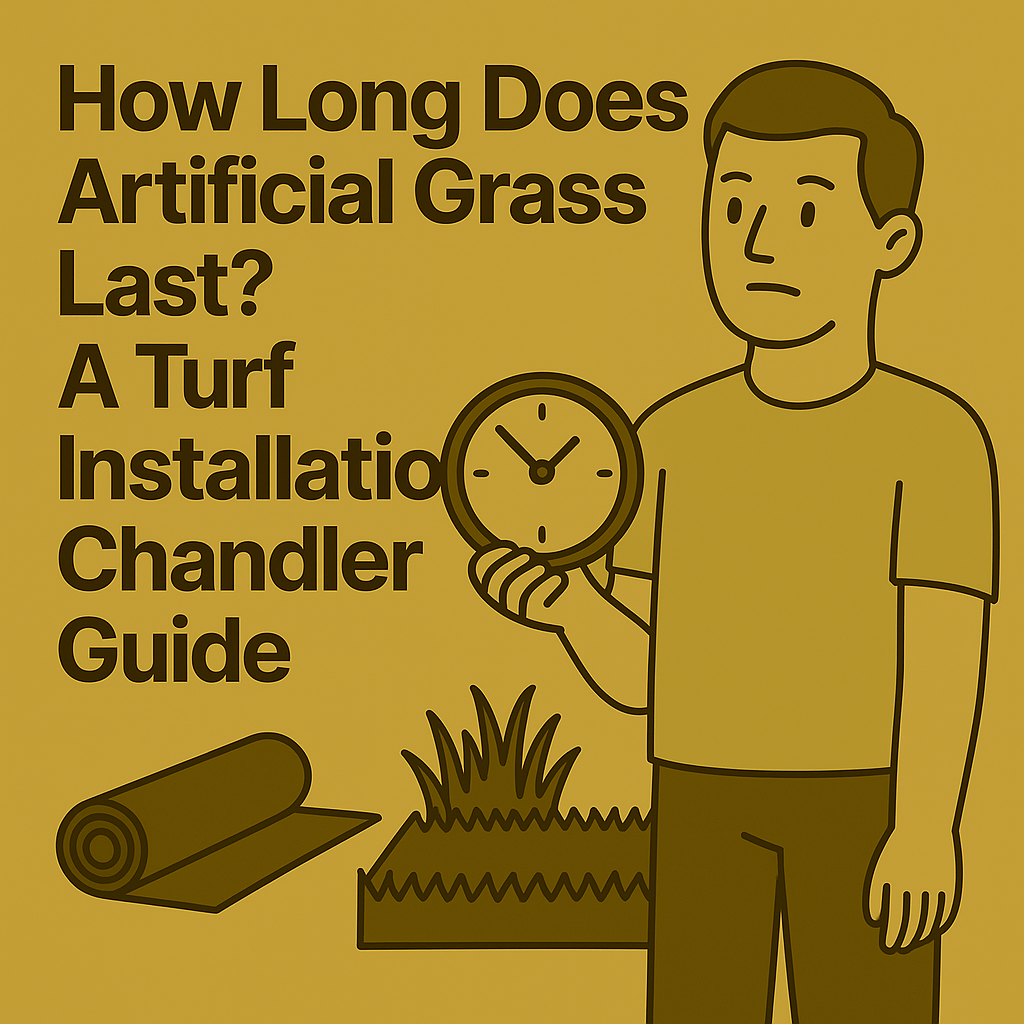What Do You Put Under Turf? A Turf Installation Guide for Homeowners
Turf installation first remove existing grass and topsoil, then compact the ground to 80–90% to prevent future sinking. Apply a weed killer, then lay a solid base of class II road base or decomposed granite. A landscape fabric is essential to act as a weed barrier and guarantee proper drainage. Add 2 to 2.5 inches of crushed rock for stability, then level and compact the base. Continue to uncover each layer’s importance.
Ground Preparation for Turf Installation
Before diving into your turf installation project, setting up a solid foundation is everything. This process ensures your artificial lawn looks great and holds up over time.
Start by clearing away any existing grass and topsoil—digging down about 2–3 inches gives you the blank slate needed. Once that’s done, compact the soil to about 80–90%. This step is critical to keep your turf from shifting or sinking in the months ahead.
Apply a quality weed killer next to cut down the chances of anything growing up through your new turf later.
Then, it’s time to create a dependable base using either class II road base or decomposed granite. These materials support both drainage and longevity, giving your turf installation the stability it needs. A level surface at this stage makes a noticeable difference in the final result.
Removing Existing Vegetation and Debris
Good turf installation starts with proper site cleanup. Shut off any sprinkler systems around two to four weeks before beginning to give natural grass time to dry out completely.
Use a strong weed killer to halt regrowth and make removal easier. You’ll want to remove the top 2–3 inches of topsoil and grass—either with a sod cutter or shovel—and discard it quickly so it doesn’t take root again.
This step isn’t just about aesthetics; it’s key to setting the groundwork for effective drainage and durability. Once the area is cleared, compact and level the soil so it’s ready for the layers that follow.
The Importance of Landscape Fabric
After prepping the ground, don’t skip the landscape fabric—it’s more important than it seems. This weed-blocking layer acts as a silent hero beneath your turf, keeping unwanted growth at bay while still allowing water to pass through.
According to the National Association of Landscape Professionals, proper weed barrier fabric can significantly reduce long-term maintenance while helping preserve soil stability.
Installed correctly, this fabric prevents erosion and promotes drainage, reducing the risk of sediment buildup. It plays a major role in extending the life of your turf installation and keeps things looking clean without constant upkeep.
Creating a Solid Base With Crushed Rock
Now that your barrier is in place, it’s time to focus on creating a base. Add 2 to 2.5 inches of crushed rock—sized ideally between 3/4 to 1 1/2 inches. This material allows for excellent water flow and locks in the stability your turf will rely on.
Key Benefits:
Stability: Keeps the turf from shifting.
Drainage: Supports efficient water flow.
Longevity: Forms a solid foundation.
Once the crushed rock is evenly spread, compact it well. A proper crushed rock base is essential to any successful turf installation project.
Leveling and Compacting the Base Layer
Though it might seem like a small task, leveling and compacting the base layer is critical. An uneven surface could cause dips or wrinkles in the turf later.
Using a plate compactor or roller, aim for 80–90% density. This keeps your base from moving over time and ensures your turf installation won’t sag with foot traffic or weather changes.
Depending on your location’s drainage needs, the base should be around 4 inches deep. Pay extra attention to low spots, and make sure the entire surface is graded consistently.
Ensuring Proper Drainage for Artificial Turf
Drainage isn’t just a box to check—it’s one of the most vital elements of turf installation. Without it, your lawn could flood, develop odors, or wear out prematurely.
Lay down a Class II road base at about 2–4 inches thick, then compact thoroughly.
According to Turf Magazine, high-quality turf systems should aim for water permeability rates between 19.6 and 331.3 inches per hour, far above the minimum 10 inches per hour required for standard performance.
Consider adding a French drain if the yard has natural dips or slopes. Regular brushing and rinsing will help maintain water flow through the turf fibers over time. Solid compaction also helps block pests and unwanted growth from beneath.
Choosing Fine Rock Material for a Smooth Finish
Once your drainage system is in place, your next move is to apply a fine layer of rock—think decomposed granite or limestone screenings.
Spread this top layer evenly at about 1 to 1.5 inches thick. This material helps smooth out the surface while maintaining excellent drainage. Just like the crushed rock base, you’ll need to compact this layer thoroughly.
The result? A beautifully even, stable surface that enhances the appearance and function of your turf installation.
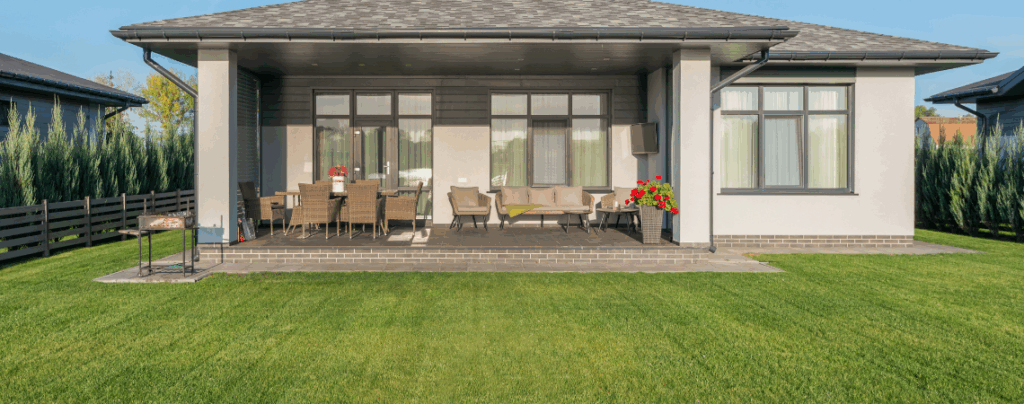
Frequently Asked Questions
How Much Does It Cost to Put in a Turf Field?
Plan for $700,000 to $1,500,000, depending on location, material, and added features like lighting and drainage.
How Much Does a 100 Yard Turf Field Cost?
For 100 yards of artificial turf, expect to invest around $700,000 to $1,500,000. Complex builds with custom landscape elements may run closer to $2 million.
Is a Turf Field More Expensive Than Grass?
Yes, but only at the start. The long-term maintenance savings make it a financially smart option—especially over 10+ years.
How Much Is 2,000 Sq Ft of Turf?
A 2,000 square foot artificial grass installation may cost $10,000 to $22,000, depending on the installer, base material, and site conditions.
Conclusion
Before starting your turf installation, take time to compare costs, examine installation time, and assess maintenance requirements. Whether it’s a commercial putting green, a residential pet-friendly lawn, or a high-use sport facility, careful planning ensures you get maximum value.
Looking for a trusted installer in Chandler? Paradise Hardscapes offers customized turf installation backed by years of experience and top-tier customer service.
Paradise Hardscapes – Pavers & Turf – Chandler
📍 3950 W Chandler Blvd, Chandler, AZ 85226
📞 (480) 750-4345
✉️ [email protected]
Let’s build a field you can trust—for many years to come.
